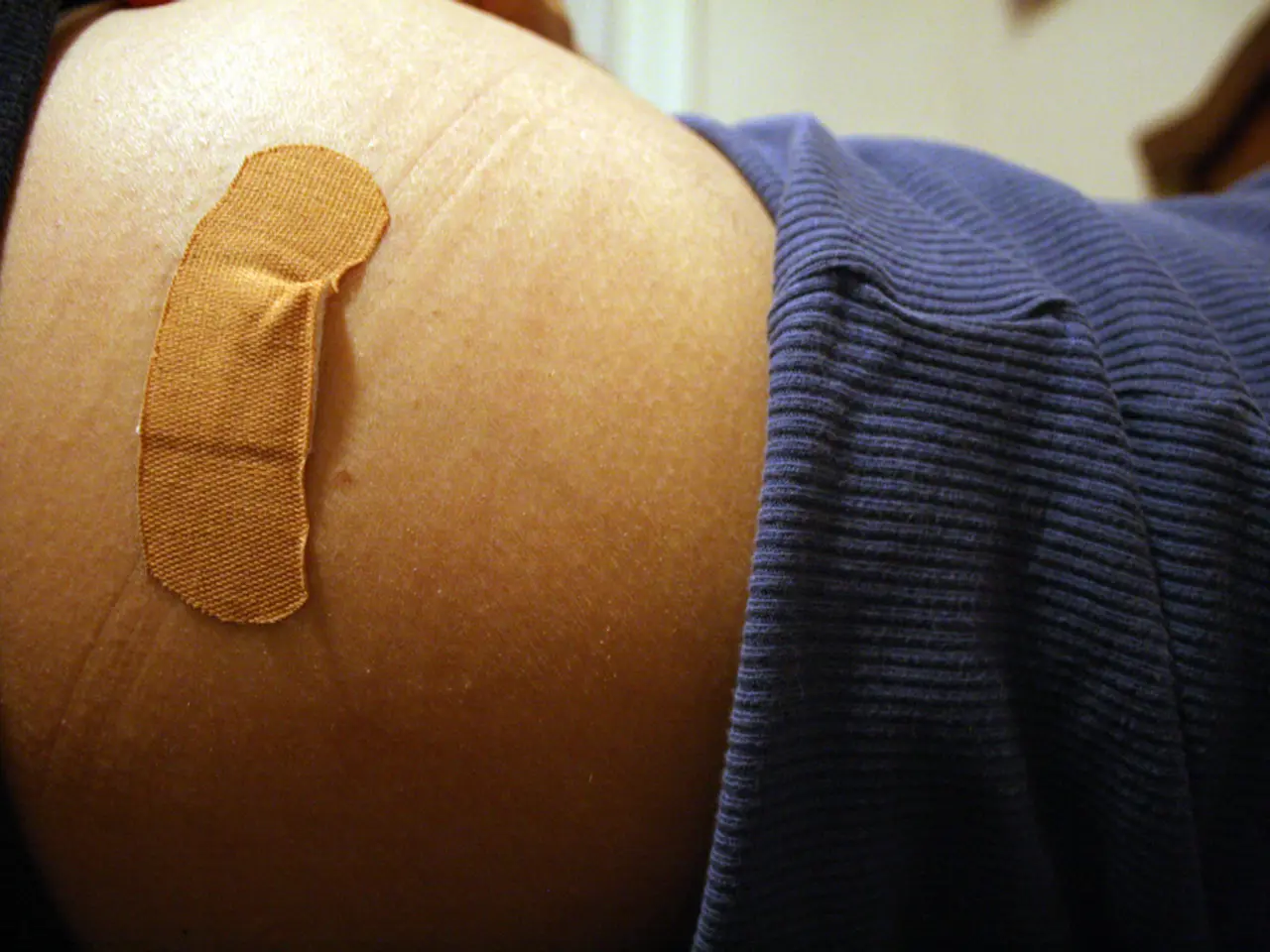Benefiting parties of comprehensive full-body MRI and medical professionals' opinions
The debate over the use of preventive full-body MRIs for early cancer detection remains a topic of discussion among medical professionals. While these scans can offer several benefits, a cautious and reserved approach is often recommended.
Neither major medical societies nor cancer organizations currently endorse widespread full-body MRIs due to a lack of hard data showing the life-saving benefit [1]. The debate among doctors remains unsettled [2]. However, Dr. Tim Arling, a proponent of the technology, suggests that individuals considering a full-body MRI should weigh various factors, such as family history of cancer, anxiety levels, desire for certainty, financial investment, and the presence of metal in the body [4].
One of the advantages of full-body MRIs is their ability to detect a range of cancers and other serious conditions early, offering detailed soft-tissue imaging without radiation exposure [1][3]. They can identify abnormalities before symptoms develop, potentially improving outcomes through early intervention. For instance, a non-smoking, 40-year-old mother named Danielle Hoeg was diagnosed with lung cancer after a full-body MRI revealed an "indeterminate lesion" on her lung [6]. As a result, she avoided aggressive radiation or chemotherapy.
However, the drawbacks include a high rate of incidental findings—benign abnormalities that may lead to further invasive, costly, and anxiety-provoking follow-up tests [1][3]. This can lead to overdiagnosis and overtreatment. Moreover, full-body MRI scans are expensive and usually not covered by insurance, which can make them inaccessible for routine screening [3].
Dr. Samir Abboud, director of emergency radiology at Northwestern Memorial Hospital in Chicago, emphasizes that the goal should be to save life years, and skepticism will persist if the life-saving benefit is not proven [7]. The cost of full-body MRIs varies greatly, ranging from $500 to $2,500 [8].
While full-body MRIs are promising for early detection in certain cases, mainstream cancer screening programs, such as mammography for breast cancer, remain the standard due to more robust evidence showing mortality reduction and cost-effectiveness [5]. Full-body MRIs have not yet reached this level of consensus or widespread recommendation in general preventive care and are typically considered supplementary rather than primary screening tools.
In Japan, an ultrasound technique is common, where doctors often slide an ultrasound wand over a person's thyroid to check for cancer [9]. Dr. Arling also uses a portable ultrasound device for examining parts of a patient's body to look for problems, sometimes sliding the wand over a patient's liver, kidneys, or aorta [4].
Emi Gal, founder of Prenuvo competitor Ezra, believes that full-body scans help find cancer that isn't detected by usual screening tests because it's not big enough yet [10]. However, the current consensus among medical professionals is to integrate these scans thoughtfully within a broader preventive care approach rather than replacing established cancer screening protocols [1][3][5].
In conclusion, while preventive full-body MRIs offer the potential for early detection, medical professionals advise caution due to the risks of false positives, incidental findings, and significant costs. They recommend these scans be used judiciously and as a supplement to, rather than a replacement for, established cancer screening protocols.
[1] https://www.cancer.net/navigating-cancer-care/how-cancer-diagnosed/diagnostic-tests-and-procedures/imaging-tests/magnetic-resonance-imaging-mri [2] https://www.ncbi.nlm.nih.gov/pmc/articles/PMC5265873/ [3] https://www.healthline.com/health-news/full-body-mri-scans-are-expensive-and-often-not-covered-by-insurance [4] https://www.webmd.com/cancer/news/20180503/full-body-mri-scans-can-find-cancer-early-but-not-always-worth-it [5] https://www.cancer.org/cancer/cancer-basics/early-detection/screening-tests.html [6] https://www.webmd.com/lung-cancer/news/20180503/full-body-mri-scans-can-find-cancer-early-but-not-always-worth-it [7] https://www.ncbi.nlm.nih.gov/pmc/articles/PMC5265873/ [8] https://www.healthline.com/health-news/full-body-mri-scans-are-expensive-and-often-not-covered-by-insurance [9] https://www.npr.org/sections/health-shots/2018/05/03/607713582/full-body-mri-scans-can-find-cancer-early-but-not-always-worth-it [10] https://www.ezra.co/blog/full-body-mri-scans-are-expensive-and-often-not-covered-by-insurance/
What about the potential uses of full-body MRIs in health-and-wellness and medical-conditions, such as early cancer detection? Despite their ability to identify cancers and other serious conditions before symptoms develop, mainstream cancer screening programs, like mammography for breast cancer, remain the standard due to more robust evidence showing mortality reduction and cost-effectiveness [5]. The science behind full-body MRIs is promising, but medical professionals often advise caution due to risks of false positives, incidental findings, and significant costs, recommending these scans be used judiciously and as a supplement to, rather than a replacement for, established cancer screening protocols [1].




